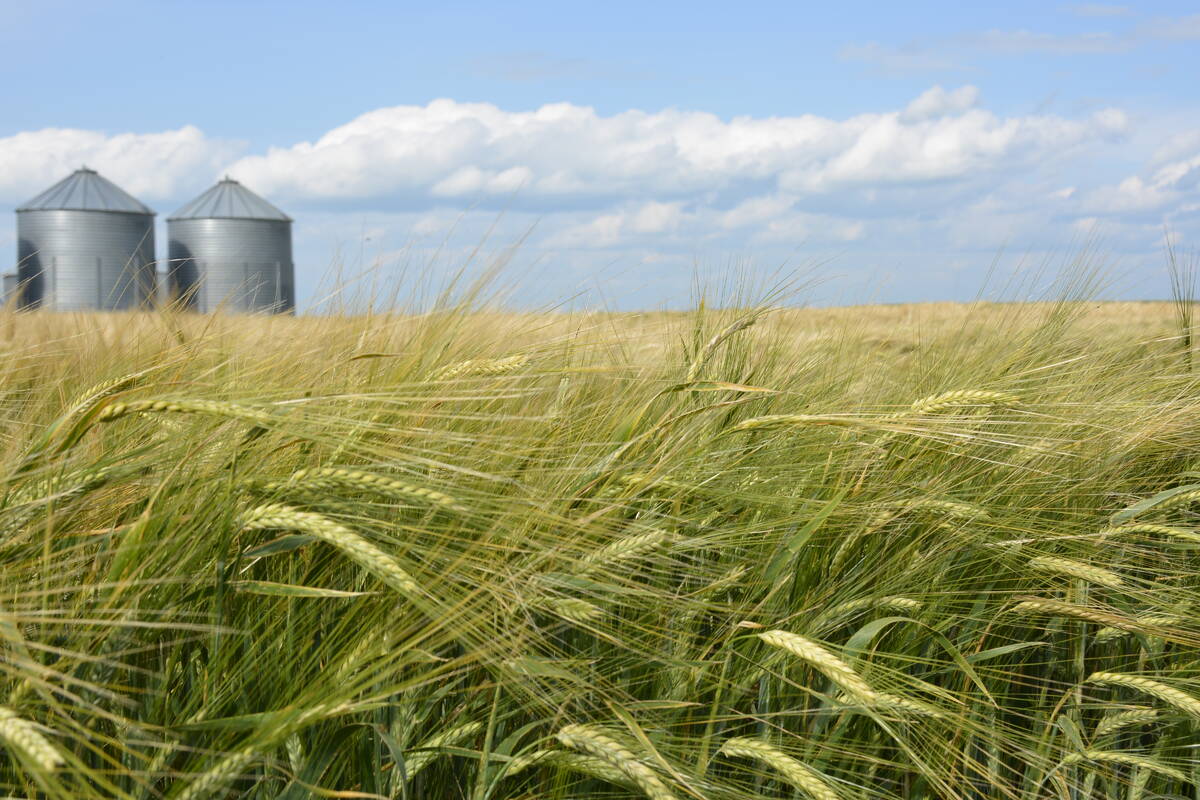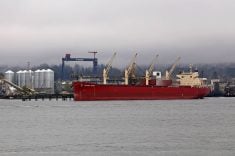There’s no such thing as king cabbage in Saskatchewan. Most of the bulky, leafy vegetable eaten in that province is trucked in from Alberta and Manitoba.
But researchers think Saskatchewan growers can produce cabbage just as well as their neighbors.
“With our climate, we can grow some pretty good cabbages for low costs,” said Saskatchewan Agriculture vegetable crop specialist Andrew Sullivan.
Riverside Gardens near Regina has been profitably producing cabbages for years, but few other farms produce significant quantities.
Test patches grown by Nipawin-area farmers overseen by a University of Saskatchewan horticultural researcher have shown that Sask-atchewan’s northeastern grainbelt is perfect cabbage territory.
Read Also

StatCan stands by its model-based crop forecast
Statistics Canada’s model-based production estimates are under scrutiny, but agency says it is confident in the results.
“Nipawin represents an excellent area for growing high quality cabbage, particularly under irrigation,” said Doug Waterer, who has overseen a three-year production experiment in the area. But growers who don’t use irrigation run considerable risks, the study showed.
In 1998, two dryland growers and three irrigation farmers grew small acreages of cabbage. That summer there was only four inches of rain.
The dryland growers lost $900 per acre, but the irrigation farmers made $1,000 profit per acre.
In 1999, there was more rain, and both dryland and irrigation farmers made about $1,000 profit per acre.
Only irrigation farmers will participate in this year’s study.
Sullivan said the Nipawin area is perfect for cabbage because it has long, hot days and cool nights, which helps control disease and pests.
Sullivan said other parts of the province should also be good for growing cabbages.
The study also compared plants started in a greenhouse to those planted in the field and found the greenhouse step can be avoided, saving seven to nine cents per plant, or $1,000 per acre.

















